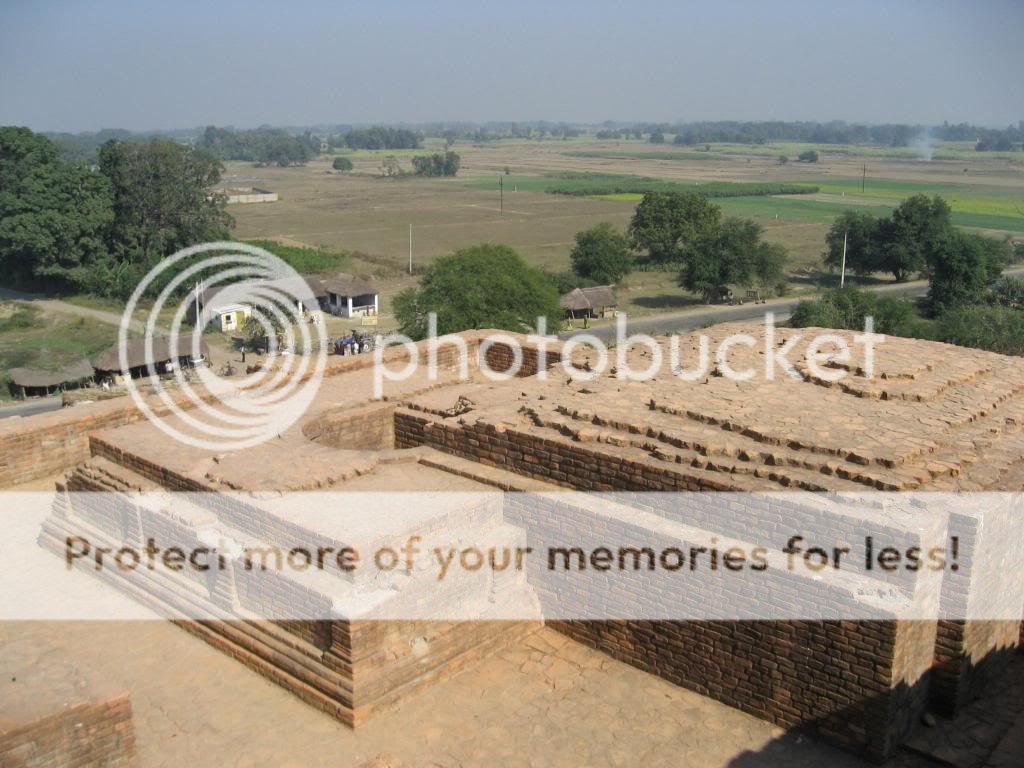Indrani
BANNED

- Joined
- Apr 23, 2014
- Messages
- 3,379
- Reaction score
- -13
- Country
- Location

Stupa of Angulimala:

Srāvastī or Sāvatthī (Hindi: श्रावस्ती), a city of ancient India, was one of the six largest cities in India during Gautama Buddha's lifetime
The Buddha passed the greater part of his monastic life in Savatthi. His first visit to Savatthi was at the invitation of Anathapindika, whom he met in Rajagaha. The main monasteries in Sravasti were the Jetavana and the Pubbarama. Savatthi also contained the monastery of Rajakarama, built by Pasenadi, opposite Jetavana. Not far from the city was a dark forest called the Andhavana, where some monks and nun went to live. Outside the city gate of Savatthi was a fisherman's village of five hundred families.
Savatthi is the place where the Twin Miracle (Pali:Yamaka Patihara) took place, in which Buddha made a demonstration of his supernatural powers.
The Chinese Pilgrim Hiouen Thsang found the old city in ruins, but recorded the sites of various buildings.
Of the ancient Savatthi the city walls are still standing. Within these, the remains of 3 ancient buildings can be visited: Angulimala's stupa, Anathapindika's stupa, and an old temple dedicated to a Jain Tirthankara. Outside of Savatthi is located the stupa where the Twin Miracle (Pali:Yamaka Patihara) took place. The site of Jetavana monastery is the main pilgrim destination, with meditation and chanting mainly done at the Gandhakuti (Buddha's hut) and the Anandabodhi tree.
Last edited:




















































